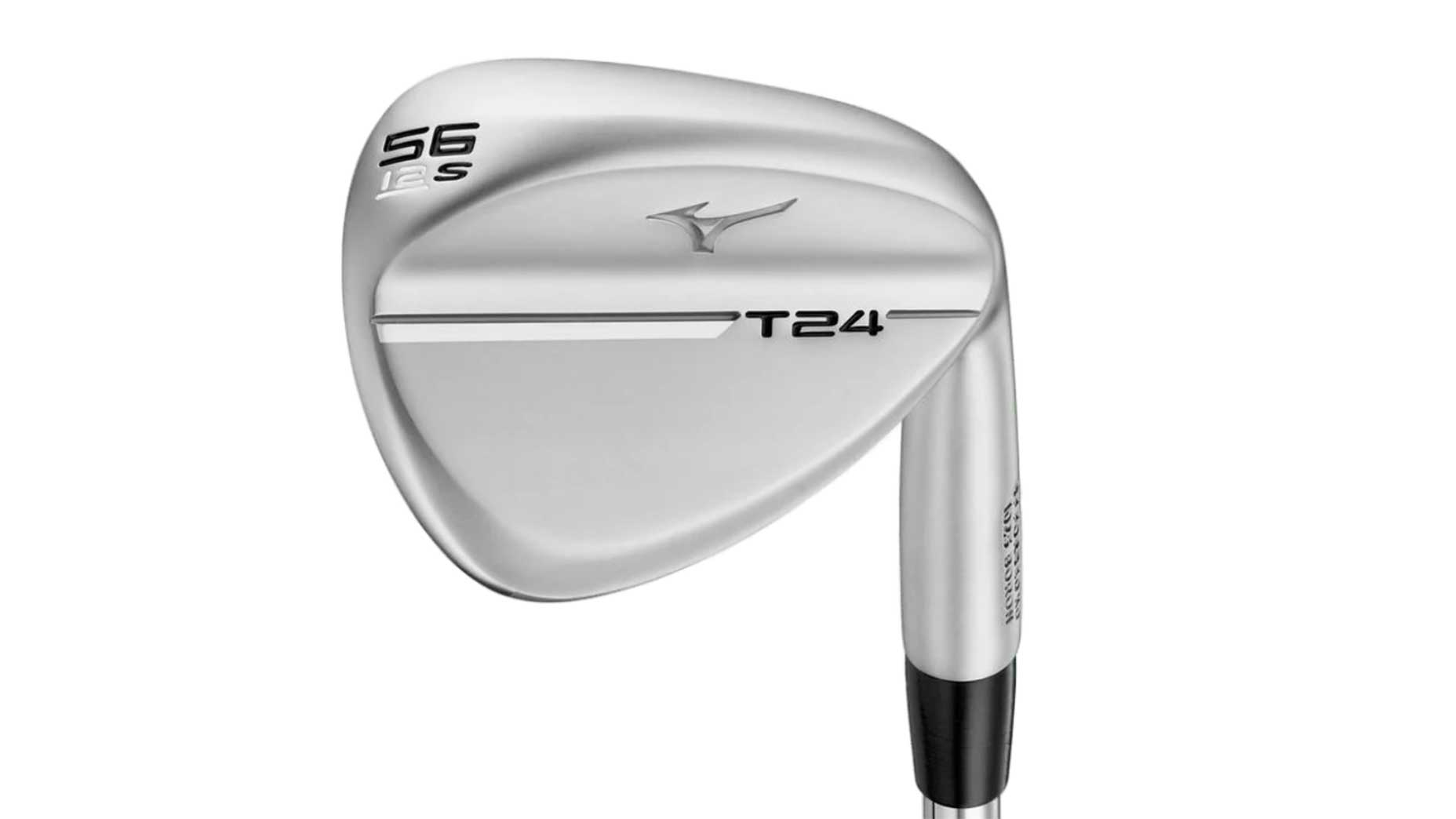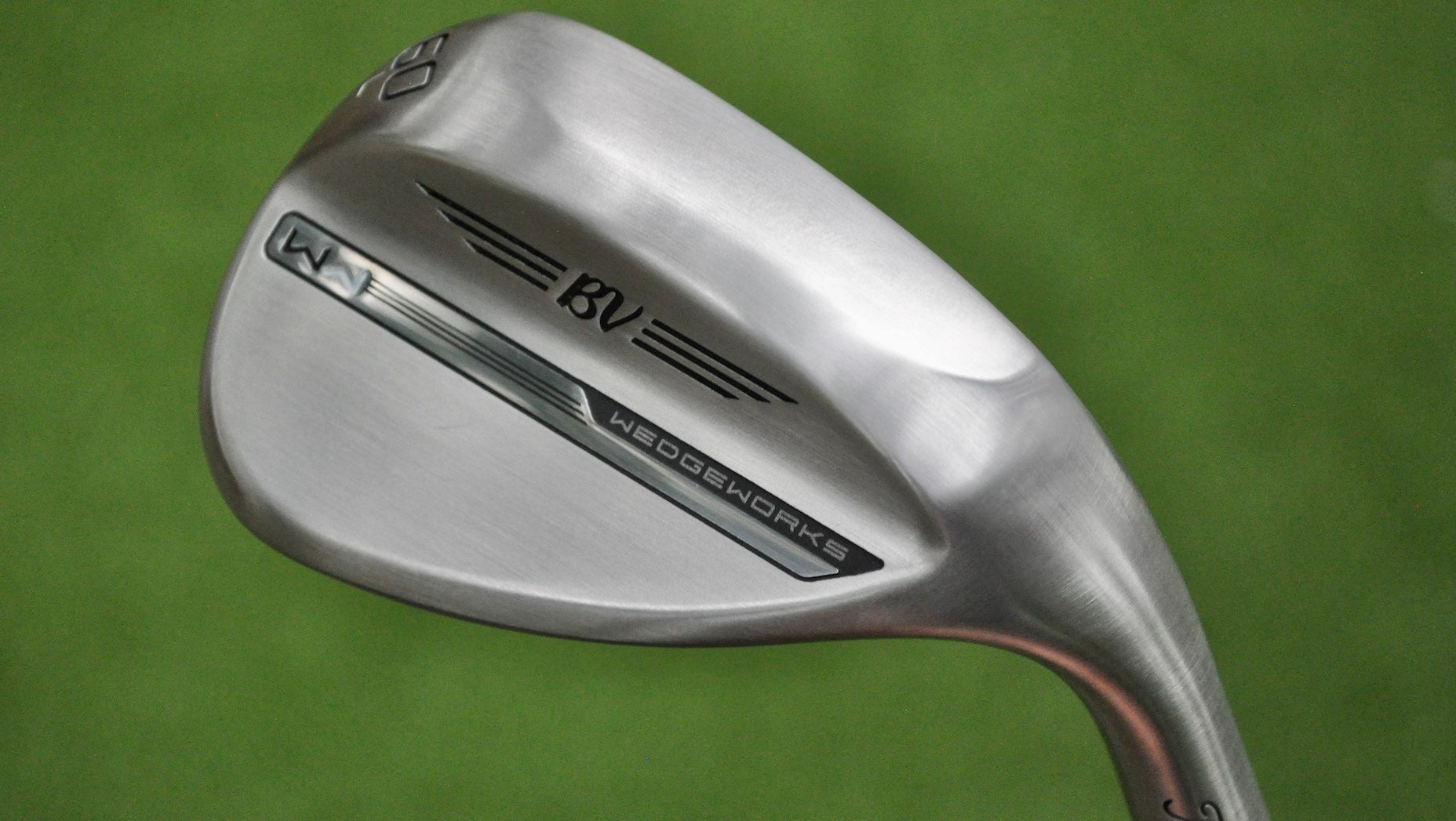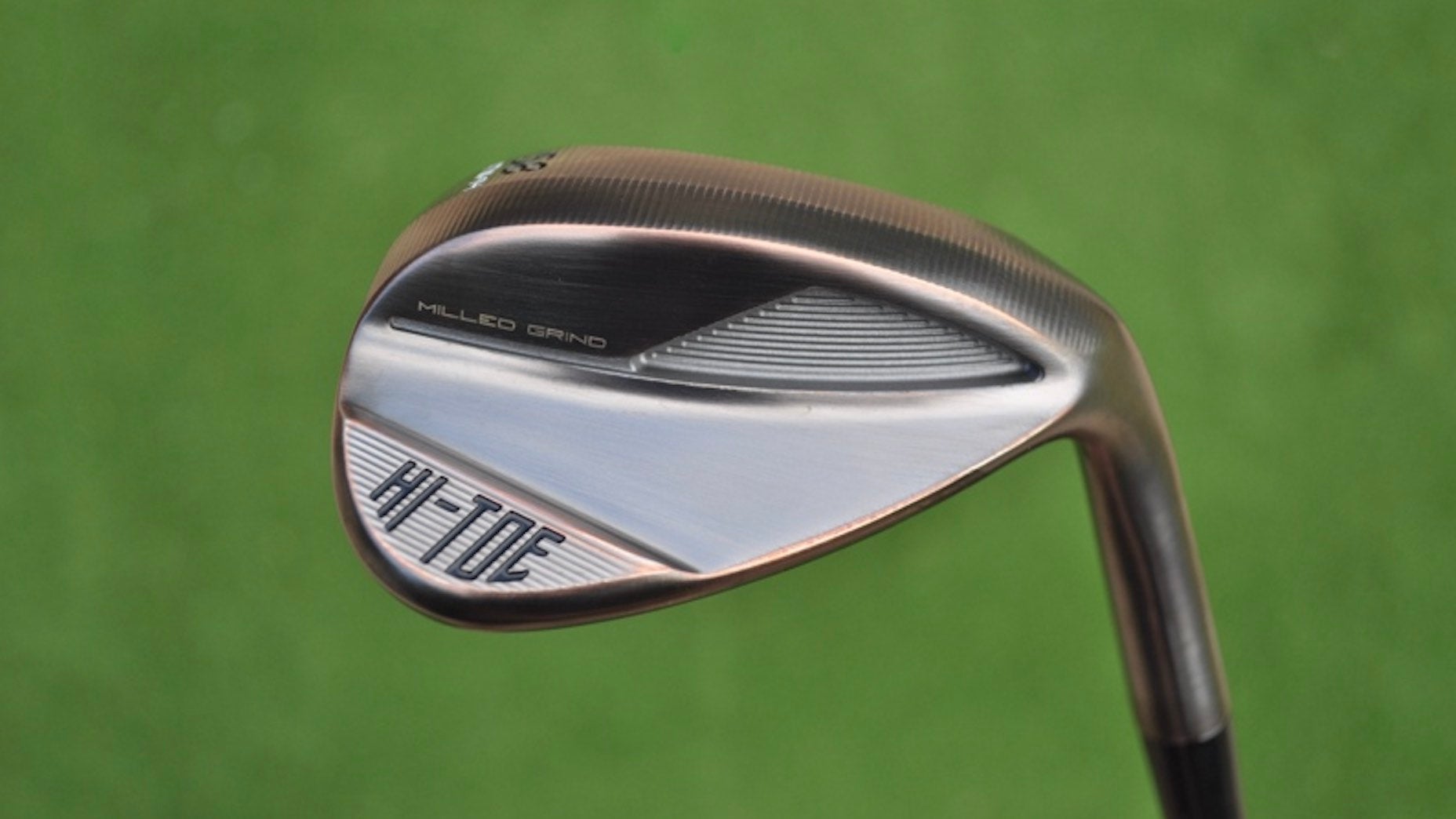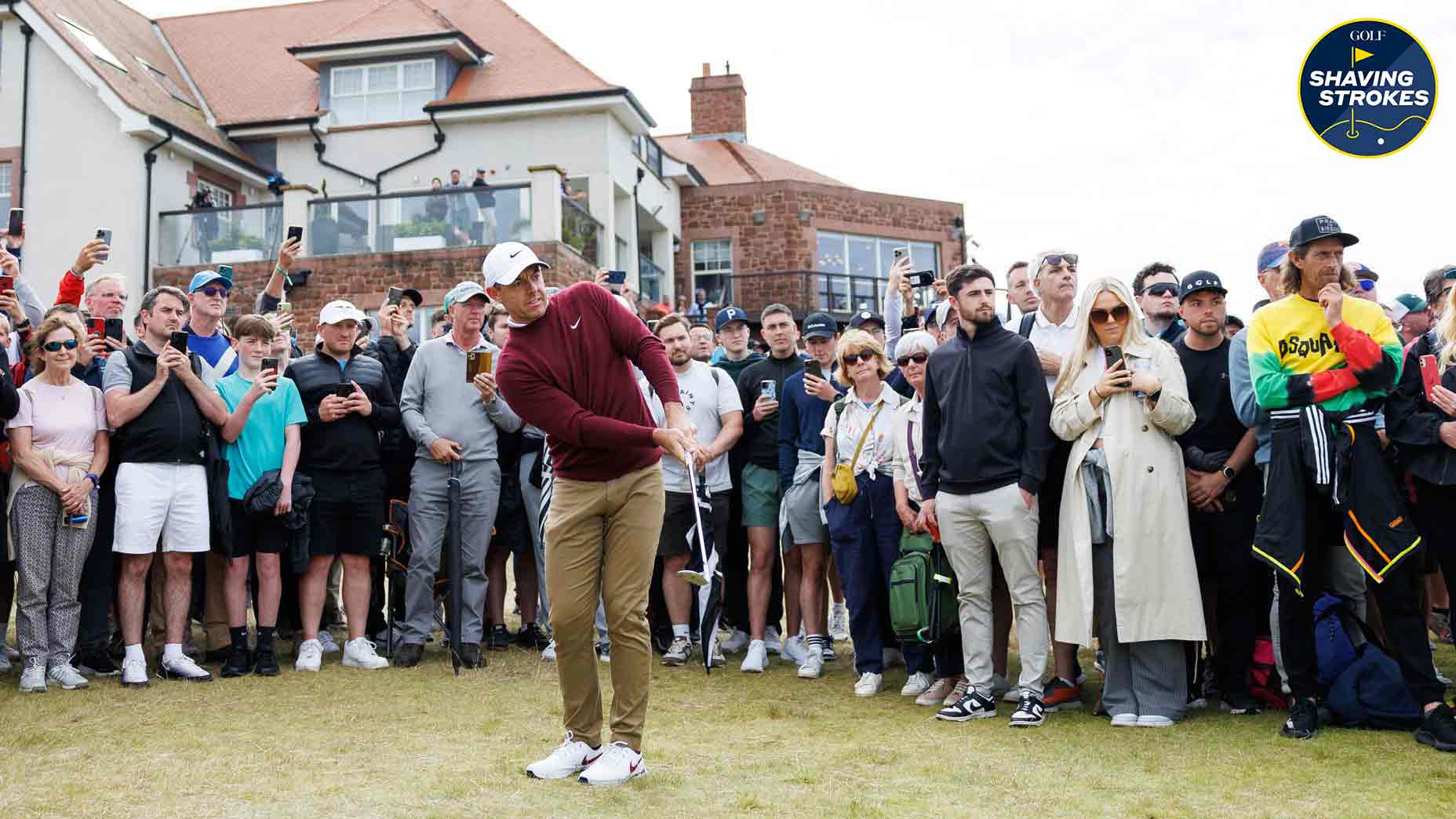3 basics every golfer needs to know about wedge grinds
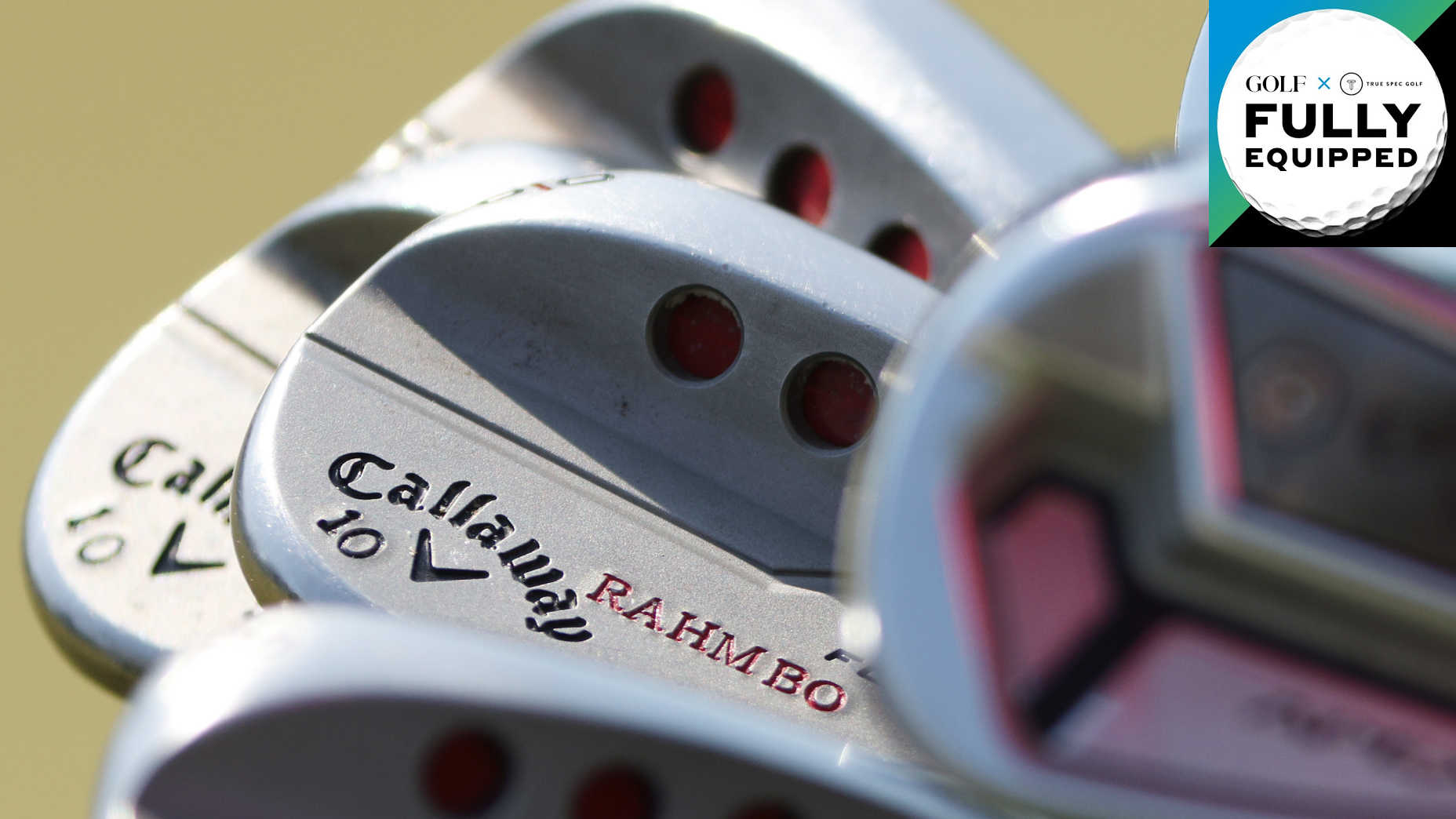
Every week, in collaboration with our sister-company and Top 50 Clubfitter True Spec Golf, our in-house team of equipment experts host the Fully Equipped podcast. It’s where we break down the most interesting equipment news in golf, from the most authoritative voices in the game. New in 2021, we’re going to be highlighting many of those same Fully Equipped voices on GOLF.com as part of an expanded series of articles, sharing the best equipment insight around, and helping you play better golf as a result.
This week, we’re talking about wedge grinds. Specifically: How to talk about them without sounding like a fool…
Shop for wedges in our Pro Shop

1. C grinds are (generally) the most common
Andrew Tursky, Senior Equipment Editor: A wedge grind refers to the shaping of the bottom part of the wedge. It’s the part of the club that actually impacts the ground, so the particular shape of the grind has a huge impact on how your club interacts with the turf. The most common would be a “C grind” which has the toe and heel sections of the sole shaved off a bit to make the sole more rounded. This allows the wedge to play a bit more versatile from different lies and face orientations (open face, shut face, etc.). The only thing you really need to know, though, is that you probably need more bounce on your wedge. More bounce makes the wedge more forgiving and will keep you from hitting those embarrassing chunks and skulls around the greens. Just know that it’s basically impossible to pick out a wedge from a retail store and have it be the perfect wedge grind for you. That’s why I highly, highly recommend a wedge fitting. You need to try different grinds and bounces to figure out what’s best for you.
2. It helps off different kinds of turf
Jonathan Wall, Managing Equipment Editor: That shouldn’t worry about wedge grinds until you figure out a few simple things. For starters, what kind of turf and grass are you playing on? Is it tight and firm or on the shaggy side?
Secondly, how does your club impact the turf? If you take a significant divot, you probably could benefit from a wider sole with more camber (the curvature from the leading to trailing edge on the sole); it’s the opposite if you pick the ball clean. Understand HOW you wedge it before you go deep in the grind weeds.
Answering those two questions will help you narrow down the field of possible options a figure out if a standard sole grind with minimal material removed from the heel and toe is the best option, or if you’d benefit from something more aggressive that might allow the club to sit flush with a tight lie.

3. Different grinds for different swings
Luke Kerr-Dineen, Director of Game Improvement Content: These guys know the science better than anyone, and all their advice is spot on. The only thing I’d add is that your swing also has a huge impact on the type of wedge grind that’s best for you. If your golf swing is steep with a more descending angle of attack, you’ll probably need a different wedge setup than the more shallow golfer.
It’s all stuff a good fitter and your coach can help you with, and it’s the first step to making sure your wedge grinds work for you.








